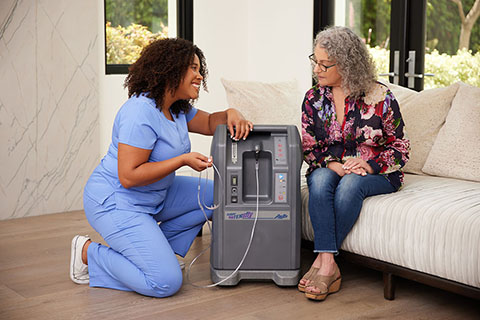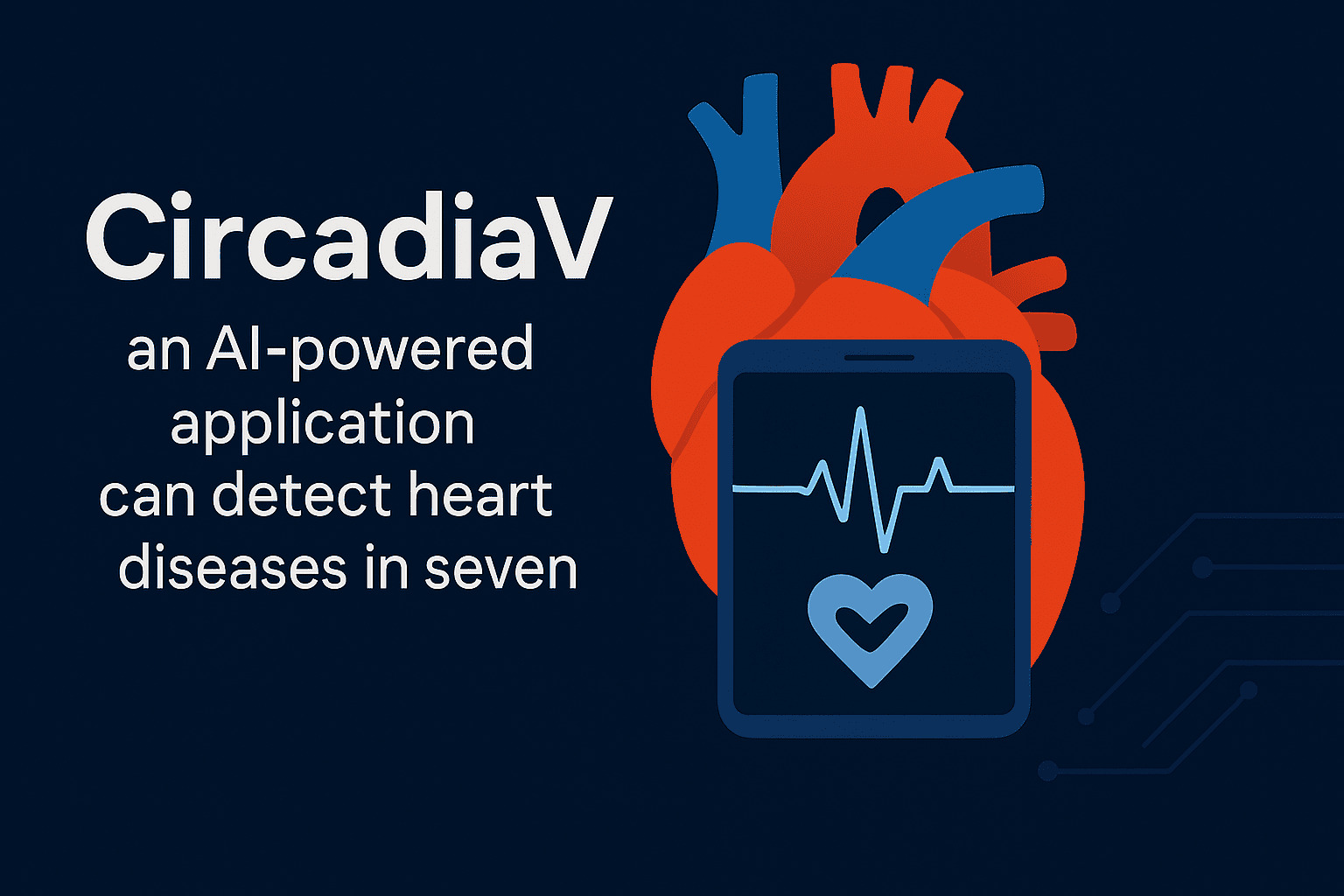Brain injuries can have severe and long-lasting effects on a person's motor skills and overall functionality. Traditional therapies such as physical and occupational therapy are often employed to aid in the recovery process. However, recent studies have highlighted the potential of a simple yet powerful therapy: OXYGEN. Let's dive into the concept of simple oxygen therapy and its ability to help brain injury patients relearn motor skills and enhance their overall recovery.
Understanding Simple Oxygen Therapy:
Simple oxygen therapy, also known as normobaric oxygen therapy, involves the administration of oxygen at ambient pressure through a mask. This therapy increases the oxygen concentration in the blood, which has numerous beneficial effects on the body, including enhanced tissue healing, improved cellular metabolism, and reduced inflammation.
Relearning Motor Skills:
Motor skills refer to the ability to control and coordinate movements. Brain injuries often result in the impairment of motor skills, making it challenging for patients to perform daily activities independently. Simple oxygen therapy has shown promising results in facilitating the relearning of motor skills in such patients.
Promoting Neuroplasticity:
Neuroplasticity is the brain's ability to reorganize itself by forming new neural connections. Simple oxygen therapy can enhance neuroplasticity by providing the brain with an increased supply of oxygen which is essential for cellular respiration and energy production, which are vital for neuronal growth, synaptogenesis, and the strengthening of existing neural pathways.
Reducing Hypoxia-induced Damage:
Hypoxia, a condition characterized by oxygen deprivation, is common in brain injury patients. This lack of oxygen can lead to further damage and hinder the recovery process. Simple oxygen therapy counteracts hypoxia by ensuring an adequate oxygen supply, preventing the worsening of brain injury-related impairments.
Enhancing Cognitive Function:
In addition to motor skills, brain injuries often impact cognitive functions such as memory, attention, and problem-solving abilities. Studies have shown that simple oxygen therapy can improve cognitive function by enhancing brain perfusion, and increasing oxygen delivery to critical areas responsible for cognitive processes.
Reducing Inflammation:
Inflammation is a common response following brain injuries and can delay recovery. Simple oxygen therapy has been found to have anti-inflammatory effects, reducing brain swelling and inflammation. By mitigating inflammation, oxygen therapy creates a more favorable environment for recovery and regeneration.
Simple oxygen therapy holds great potential in the treatment of brain injuries and the recovery of motor skills. By promoting neuroplasticity, reducing hypoxia-induced damage, enhancing cognitive function, and reducing inflammation, this therapy offers a non-invasive and relatively low-cost approach to improving patient outcomes. As further research unfolds, it is crucial to explore the optimal administration protocols and patient selection criteria to maximize the benefits of simple oxygen therapy. With its promising results, this therapy could revolutionize the rehabilitation process for brain injury patients, helping them regain independence and improve their overall quality of life.

 Simple oxygen therapy holds great potential in the treatment of brain injuries and the recovery of motor skills. By promoting neuroplasticity, reducing hypoxia-induced damage, enhancing cognitive function, and reducing inflammation, this therapy offers a non-invasive and relatively low-cost approach to improving patient outcomes.
Simple oxygen therapy holds great potential in the treatment of brain injuries and the recovery of motor skills. By promoting neuroplasticity, reducing hypoxia-induced damage, enhancing cognitive function, and reducing inflammation, this therapy offers a non-invasive and relatively low-cost approach to improving patient outcomes.










.jpeg)



.jpeg)

.jpg)





.png)





.jpg)
